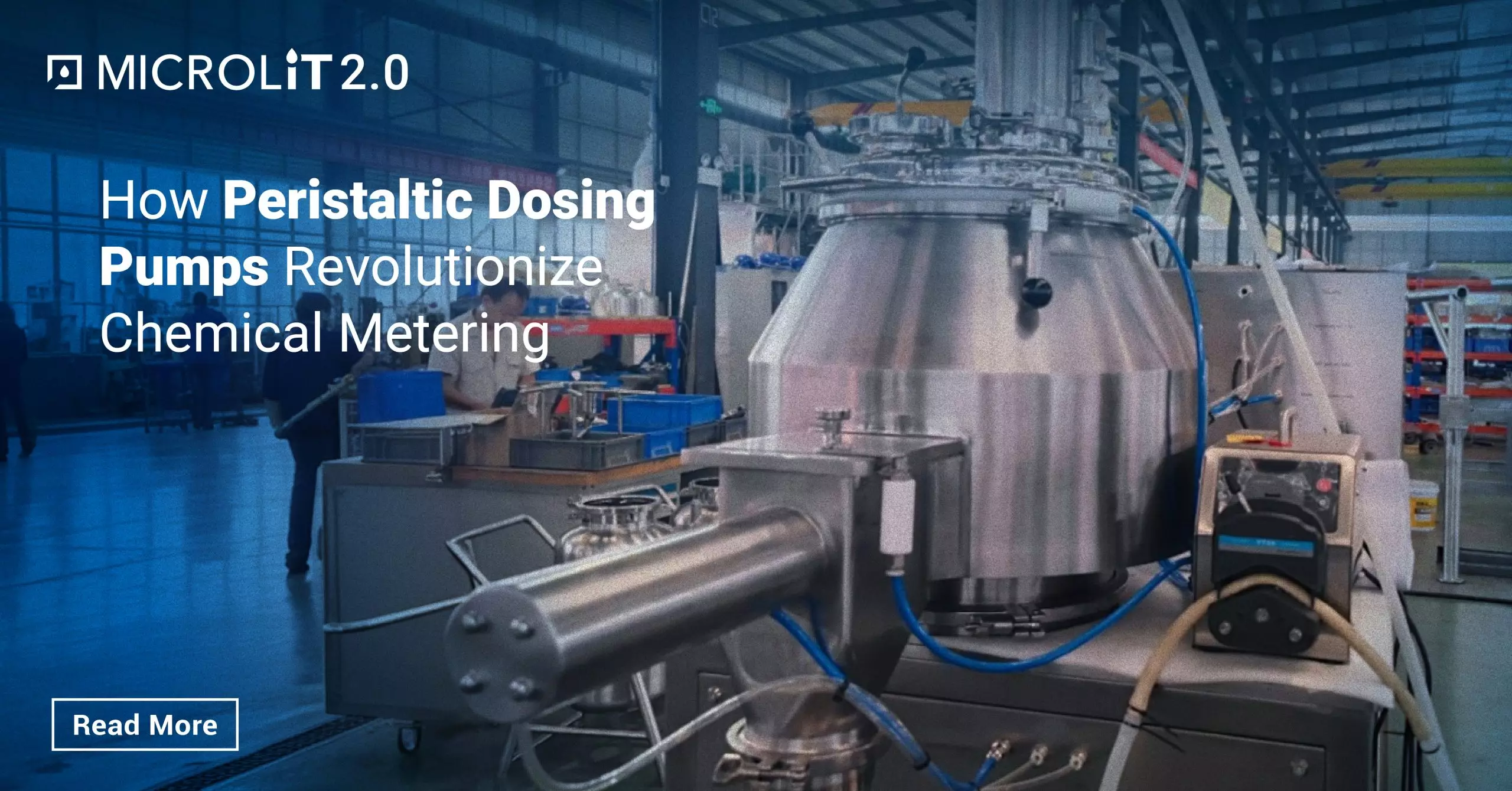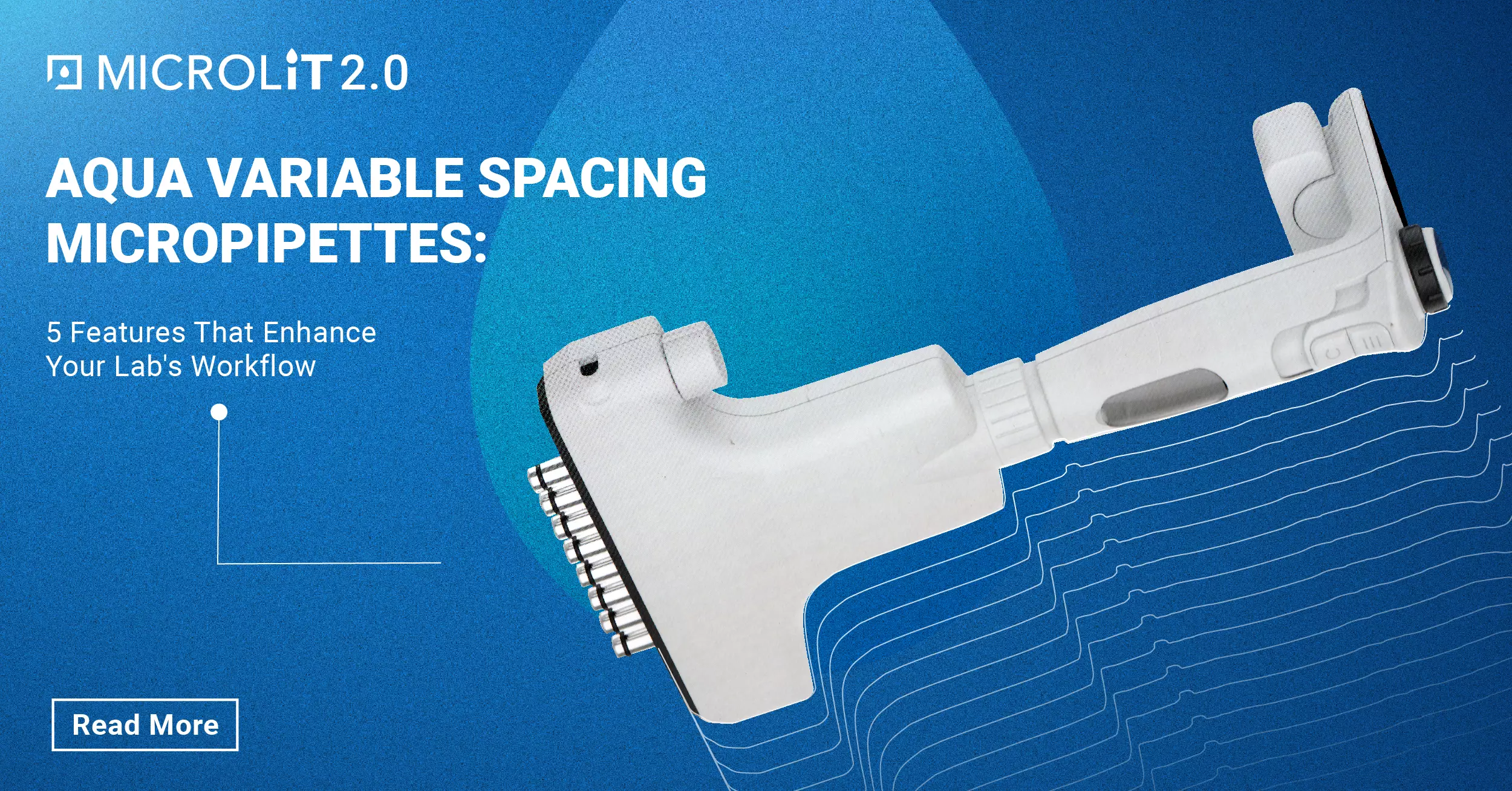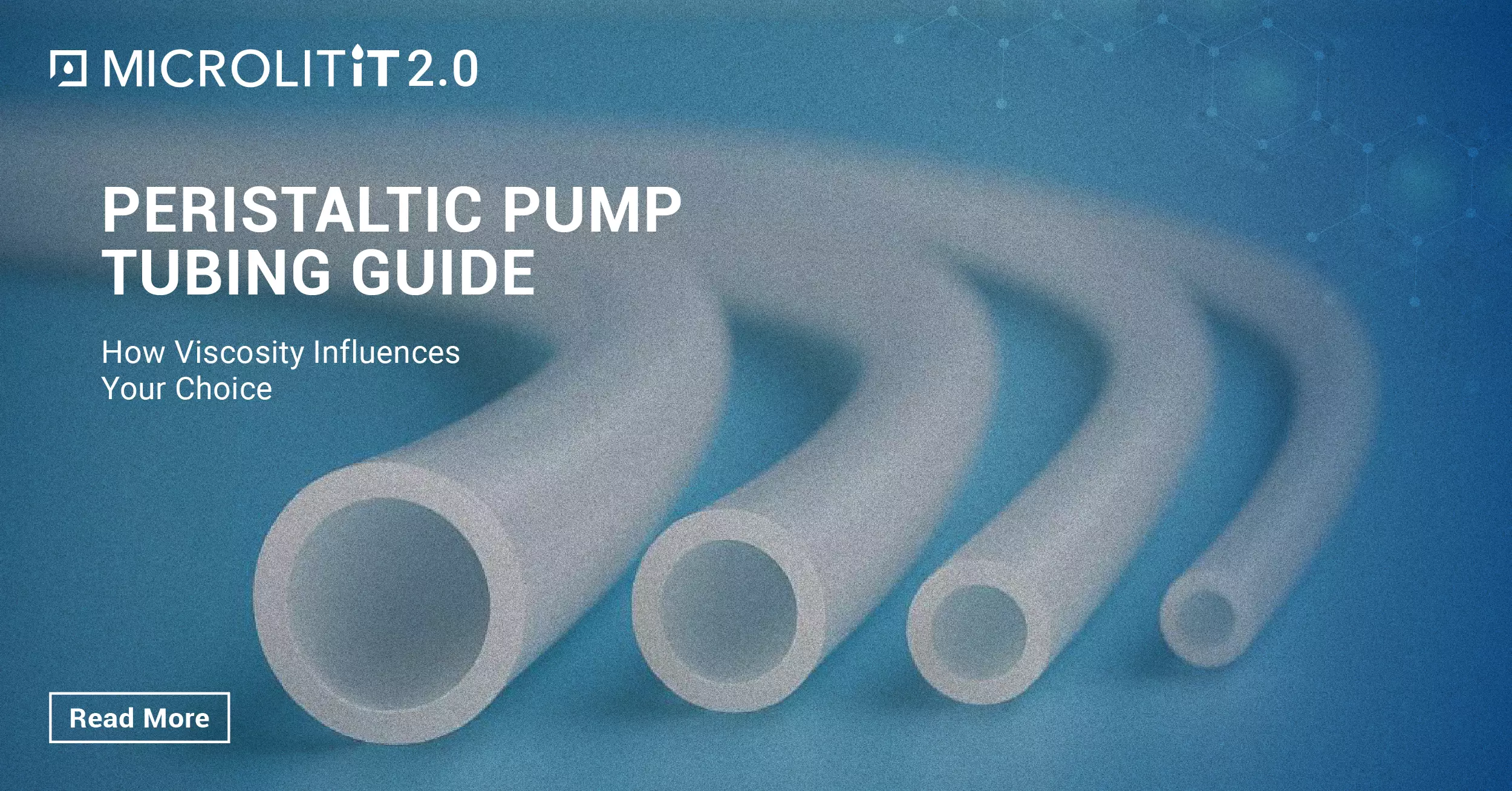Top 5 Trends in Science Laboratory Equipment in 2025
- January 20, 2025
- ENQUIRE NOW
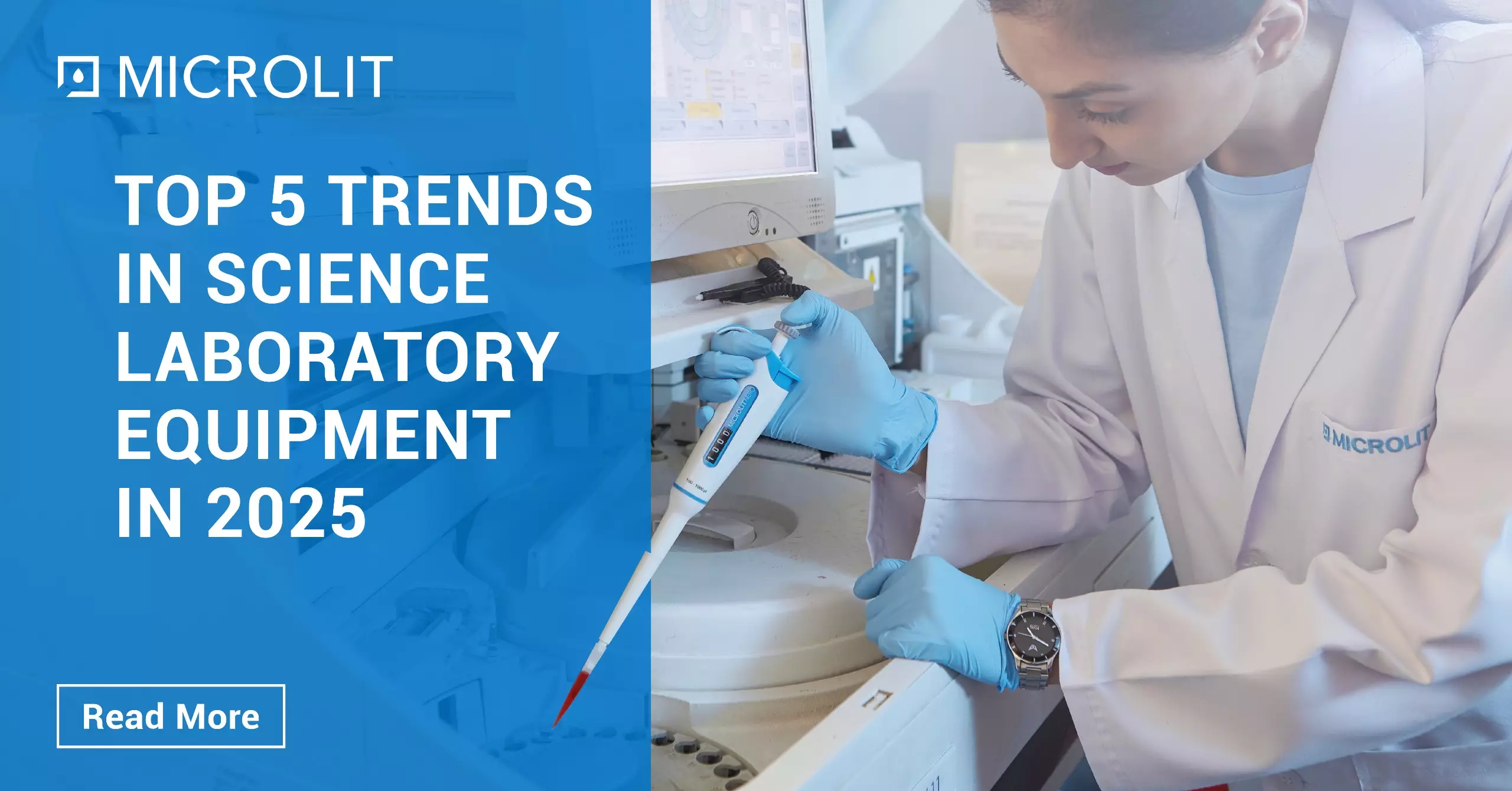
In recent years, science laboratories around the world have been experiencing a rapid transformation fuelled by advances in technology and an increasing focus on efficiency, sustainability, and automation. As we move into 2025, laboratory equipment is not just becoming more advanced but is also playing an essential role in enhancing the pace and quality of research across multiple fields, from pharmaceuticals and healthcare to environmental sciences and engineering.
Here, we’ll take a look at the top five trends in science laboratory equipment for 2025 and how they align with the evolving needs of research and development.
1. Automation and Robotics Integration

Automation has already been making waves across industries, and laboratories are no exception. As research becomes more complex and data-driven, the need for highly efficient, automated systems in laboratories is increasing. In 2025, we can expect to see a significant expansion in the integration of robotics and automated systems, particularly in repetitive tasks such as sample handling, pipetting, analysis and even data collection.
The adoption of robotic systems helps reduce human error, save time and enhance throughput, especially in high-throughput research environments like genomics and drug discovery. For instance, liquid handling robots, automated sample analyzers and lab-on-a-chip technologies are already improving workflows by taking over repetitive or labor-intensive tasks. These advancements also reduce labor costs and free up scientists to focus on higher-level decision-making and innovation.
Furthermore, automation and robotics are being integrated with artificial intelligence (AI) to enable more sophisticated tasks. AI-driven robotic systems can learn from data and optimize laboratory processes by adjusting to changing conditions in real-time. As AI technology improves, laboratories in 2025 will likely rely more heavily on these systems to improve both the speed and accuracy of their results.
2. Sustainability and Green Lab Equipment

Sustainability has become an essential aspect of nearly every industry, and the scientific community is no exception. As concerns over climate change, resource depletion, and environmental impact grow, laboratories are increasingly adopting eco-friendly equipment and practices. In 2025, sustainable laboratory equipment will be more widespread, with a stronger focus on minimizing waste, reducing energy consumption, and optimizing resource use.
In 2025, we will see laboratories increasingly adopt energy-efficient technologies, waste-minimizing solutions, and lab equipment made from recyclable or biodegradable materials. This will not only help reduce the environmental footprint of scientific research but also contribute to cost savings, which is especially important in an era of tighter research budgets.
Microlit plays a significant role in this trend with its commitment to sustainability. Microlit products are engineered to optimize precision, reducing the need for repeated experiments and further cutting down on material waste. ISO 14001 is the internationally recognized standard for environmental management systems (EMS). It provides a framework for organizations to design and implement an EMS, and continually improve their environmental performance. By adhering to this standard, Microlit ensures we are taking proactive measures to minimize our environmental footprint, comply with relevant legal requirements, and achieve our environmental objectives. The framework encompasses various aspects, from resource usage and waste management to monitoring environmental performance and involving stakeholders in environmental commitments.
Laboratories will continue to embrace green technologies, including energy-efficient freezers, water-saving systems and sustainable consumables, to create eco-conscious research environments that still uphold the highest scientific standards.
Additionally, the shift towards sustainability will lead to more demand for energy-saving technologies, such as heat recovery systems, that reduce the overall carbon footprint of laboratories. Many research institutions are now focused on retrofitting older equipment with modern, more energy-efficient systems, helping them meet sustainability goals while maintaining high levels of scientific output.
3. Smart Lab Equipment and IoT Integration
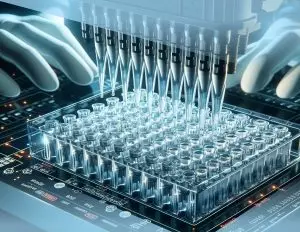
The Internet of Things (IoT) is transforming various industries, and its application in laboratories is expected to accelerate in 2025. Smart laboratory equipment, enabled by IoT technology, allows scientists to monitor, control and optimize laboratory conditions in real time. Sensors embedded in equipment can provide continuous data on temperature, humidity, pressure and other critical variables, making it easier to ensure that experiments are conducted under optimal conditions.
Smart lab equipment is connected to centralized platforms, allowing laboratory managers to access data remotely, adjust settings, and even perform diagnostics on equipment without being physically present. This remote capability can lead to significant time and cost savings, while also improving safety by minimizing the need for manual intervention in potentially hazardous environments.
Microlit contributes to this shift with their intelligent liquid handling devices that incorporate digital interfaces for easy calibration, monitoring, and logging. These features will be increasingly vital as laboratories move toward more data-centric, automated workflows. Smart lab technologies will not only improve efficiency but also ensure that research is conducted under highly controlled and optimal conditions.
In addition, IoT-enabled lab equipment allows for predictive maintenance. By analyzing data from sensors, lab managers can predict when equipment is likely to fail, enabling them to schedule maintenance before a breakdown occurs. This helps minimize downtime and maximizes the longevity of expensive equipment.
In 2025, smart equipment will be essential for ensuring that research runs smoothly, is fully optimized, and operates with fewer disruptions. Whether in chemical analysis, medical research, or industrial applications, IoT integration is becoming a game-changer for laboratories aiming to maximize efficiency and improve outcomes.
4. 3D Printing in Laboratory Equipment
3D printing, also known as additive manufacturing, has been revolutionizing many sectors, and laboratories are increasingly using it for creating customized laboratory equipment and consumables. By 2025, we are likely to see even more applications of 3D printing in the life sciences, materials science and other research domains.
In laboratories, 3D printing can be used to produce prototype components/instruments, custom laboratory components and even complex bio-printed tissues or organs for medical research. Researchers can print custom-designed lab tools that are perfectly suited to their specific needs, eliminating the need for expensive and time-consuming outsourcing.

For example, Microlit has potentially leveraged 3D printing to create tailored components for its liquid handling systems using SLA technology, or Stereolithography. This is widely used 3D printing process and the most popular of the resin printing technologies. The process owes its esteem in the additive space to its ability to produce prototypes that are accurate, isotropic and watertight, as well as production parts with impressive surface smoothness and more detailed features. This would allow for faster iterations of research equipment, enhancing both flexibility and innovation.
As 3D printing technology improves, more laboratories will adopt it to customize equipment and improve the efficiency of their operations. With the potential to print specialized components locally, researchers will no longer be limited by the availability of certain tools or parts.
Another exciting application of 3D printing in laboratories is the creation of lab-on-a-chip devices. These small, cost-effective platforms enable researchers to conduct complex chemical and biological experiments using minimal samples and reagents. As the technology improves, 3D printing is expected to play a larger role in producing these devices, making scientific research more accessible and efficient.
The ability to produce components on demand also helps reduce waste and lowers the overall cost of equipment. In 2025, 3D printing is expected to have a profound impact on the customization of laboratory tools and research equipment, accelerating the pace of discovery and reducing the barriers to entry for small and medium-sized research groups.
5. Enhanced Safety Features
Safety in laboratories is always a priority, and new innovations in laboratory equipment are helping to improve safety protocols, protect researchers, and reduce the risk of accidents. The next generation of laboratory equipment will be designed with more robust safety features, integrating advanced sensors, automated shutoffs, and AI-driven risk assessments.

In 2025, laboratories will see an increase in the use of smart safety devices that can detect hazardous materials, track the presence of toxic gases, or provide real-time alerts in case of a malfunction. For instance, fume hoods and chemical storage systems will be equipped with IoT sensors to monitor air quality and chemical concentrations, alerting personnel if dangerous levels are reached. Similarly, equipment such as centrifuges and autoclaves will feature automated locking mechanisms to prevent human error and accidental exposure to hazardous substances.
Microlit, known for its precision and reliability, ensures that its liquid handling instruments, say our E-BURETTE come with automatic calibration features that ensure consistent results. In addition, Microlit’s focus on user-friendly designs reduces the chance of accidents or misuse during operation.
Moreover, smart personal protective equipment (PPE) such as sensor-integrated gloves or goggles could provide real-time feedback to laboratory workers, helping them avoid potential hazards before they occur. This trend towards integrating safety measures directly into lab equipment will significantly reduce accidents and improve the overall working environment.
Conclusion
As we move into 2025, laboratories are increasingly adopting cutting-edge technologies that promise to enhance productivity, sustainability and safety. Automation, IoT integration, 3D printing, sustainability efforts and enhanced safety features are some of the most significant trends driving the evolution of scientific research equipment. These innovations not only improve the accuracy and efficiency of research but also contribute to a more sustainable and safer working environment.
The laboratory of the future will be smarter, greener and more efficient than ever before, empowering scientists to push the boundaries of knowledge and make breakthrough discoveries. These trends indicate an exciting era of transformation, where technology will continue to enable progress in every field of scientific inquiry.


